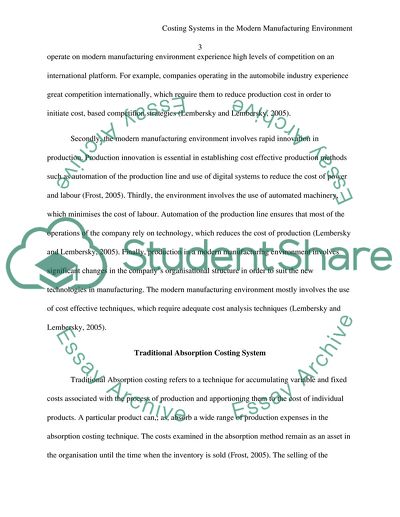Cite this document
(“Discuss the reasons why activity-based costing may be preferred to Essay”, n.d.)
Retrieved from https://studentshare.org/finance-accounting/1675994-discuss-the-reasons-why-activity-based-costing-may-be-preferred-to-traditional-absorption-costing-in-the-modern-manufacturing-environment
Retrieved from https://studentshare.org/finance-accounting/1675994-discuss-the-reasons-why-activity-based-costing-may-be-preferred-to-traditional-absorption-costing-in-the-modern-manufacturing-environment
(Discuss the Reasons Why Activity-Based Costing May Be Preferred to Essay)
https://studentshare.org/finance-accounting/1675994-discuss-the-reasons-why-activity-based-costing-may-be-preferred-to-traditional-absorption-costing-in-the-modern-manufacturing-environment.
https://studentshare.org/finance-accounting/1675994-discuss-the-reasons-why-activity-based-costing-may-be-preferred-to-traditional-absorption-costing-in-the-modern-manufacturing-environment.
“Discuss the Reasons Why Activity-Based Costing May Be Preferred to Essay”, n.d. https://studentshare.org/finance-accounting/1675994-discuss-the-reasons-why-activity-based-costing-may-be-preferred-to-traditional-absorption-costing-in-the-modern-manufacturing-environment.


